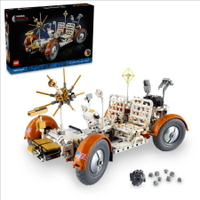New Apollo Lunar Roving Vehicle features 'most accurate details' in a Lego set
'Explore a myriad of equipment, tools and intricate details as you build.'
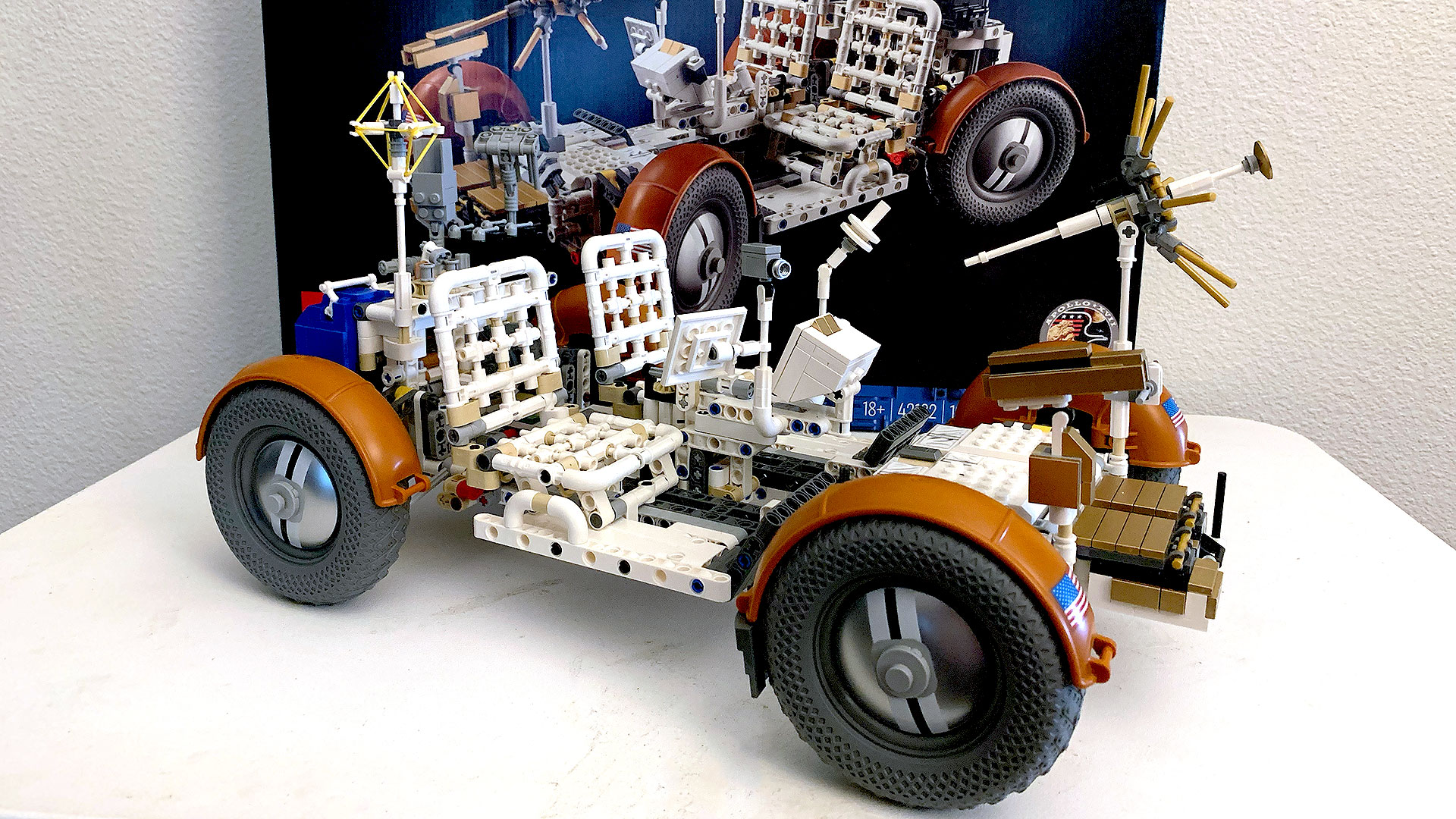
There is a moment when you are building Lego's latest NASA-inspired set that the assembly goes from looking like a random collection of plastic bricks to being an unmistakable model of a moon buggy. It is satisfying and is met with the sense that this was a quick and easy build.
And then you realize you are not even a quarter of the way done.
Announced in May, the Lego Technic NASA Apollo Lunar Roving Vehicle - LRV was released for sale today (Aug. 1). The 1,913-piece set is aimed at adults and retails for $219.99 (€219.99 or £189.99).
Lego NASA Apollo Lunar Roving Vehicle - LRV: $219.99 at Lego
This faithful recreation of NASA's Apollo Lunar Roving Vehicle includes details and features from the actual LRV that astronauts used during historic moon missions. The 1,913-piece set is a must for any space history buff.
After building the basic chassis — including a spring-loaded suspension system and a drivetrain that steers the four-wheel vehicle using the same type of T-handle that the astronauts used — the kit switches from focusing on the rover to the panels, equipment lockers and tools that made the first electric car on the moon such a marvel of technology.
The research conducted by lead designer Olav Krøigaard surpassed what went into creating Lego's previous replicas of historic NASA spacecraft, including the Apollo Saturn V rocket and lunar module, space shuttle Discovery, International Space Station and Artemis Space Launch System (SLS).
"Olav, the designer of the rover, knew so many details about what happened in real life. So much so that if you look at the shapes of the rocks that are in the sample kit, they resemble — as well as we can using the Lego elements — the real rocks that they have in the Apollo archives at NASA," said Dan Meehan, Lego's senior design manager, in an interview with collectSPACE.com.
"We actually met with an Apollo archivist when we were developing the model to check some facts, and he and Olav just sat there like a couple of life-long friends, just sharing information about the rover," he said. "So the lunar rover has the most accurate detail I think I have ever seen in in a Lego set. It was a labor of love."
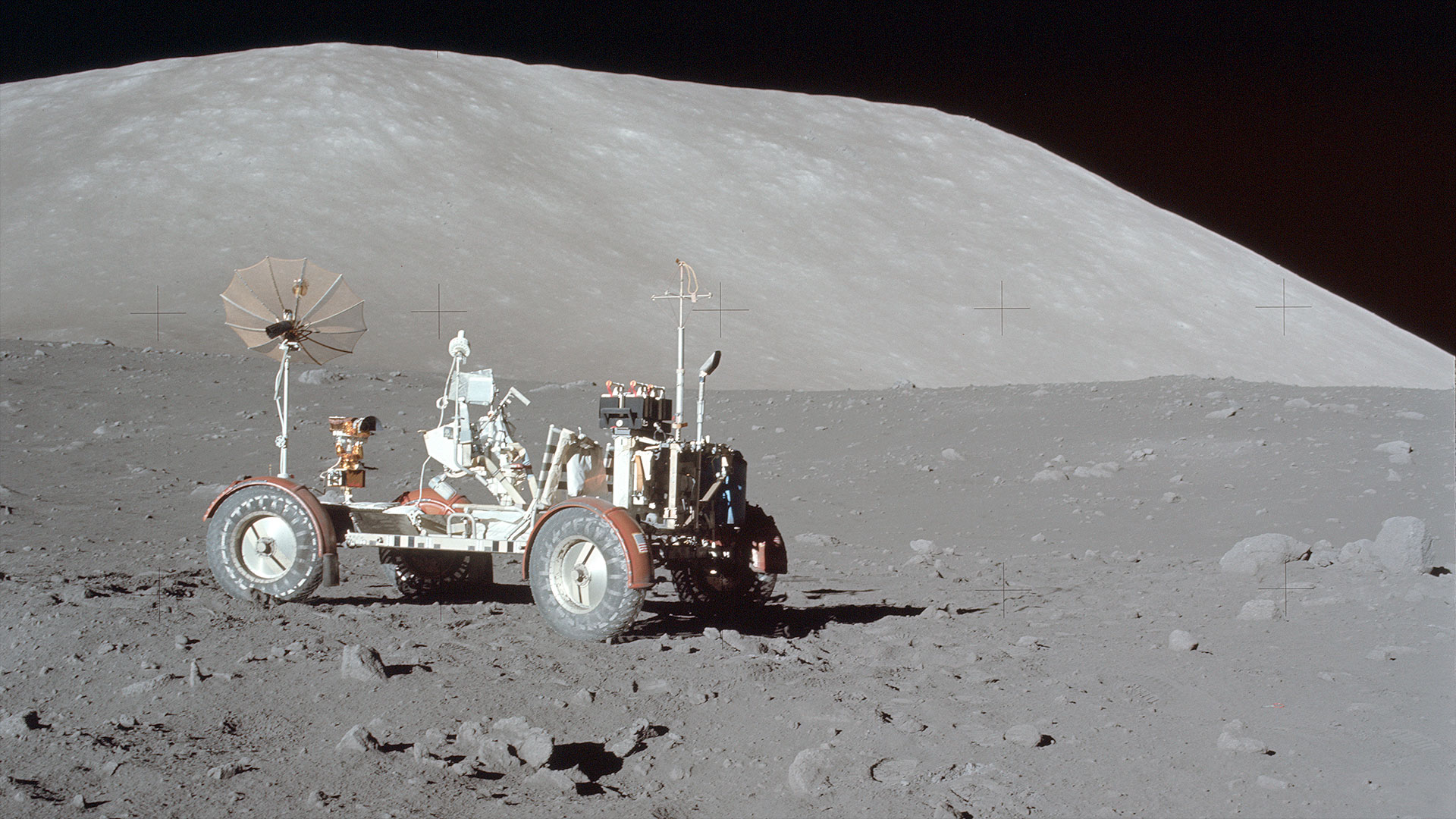
Mission specific
Between July 1971 and December 1972, NASA launched three rovers to the moon, which greatly expanded the amount of ground that the astronauts could explore as compared to on earlier missions. Each LRV had the same overall design, but what they carried and how they were configured changed in response to the needs to the mission, especially on Apollo 17.
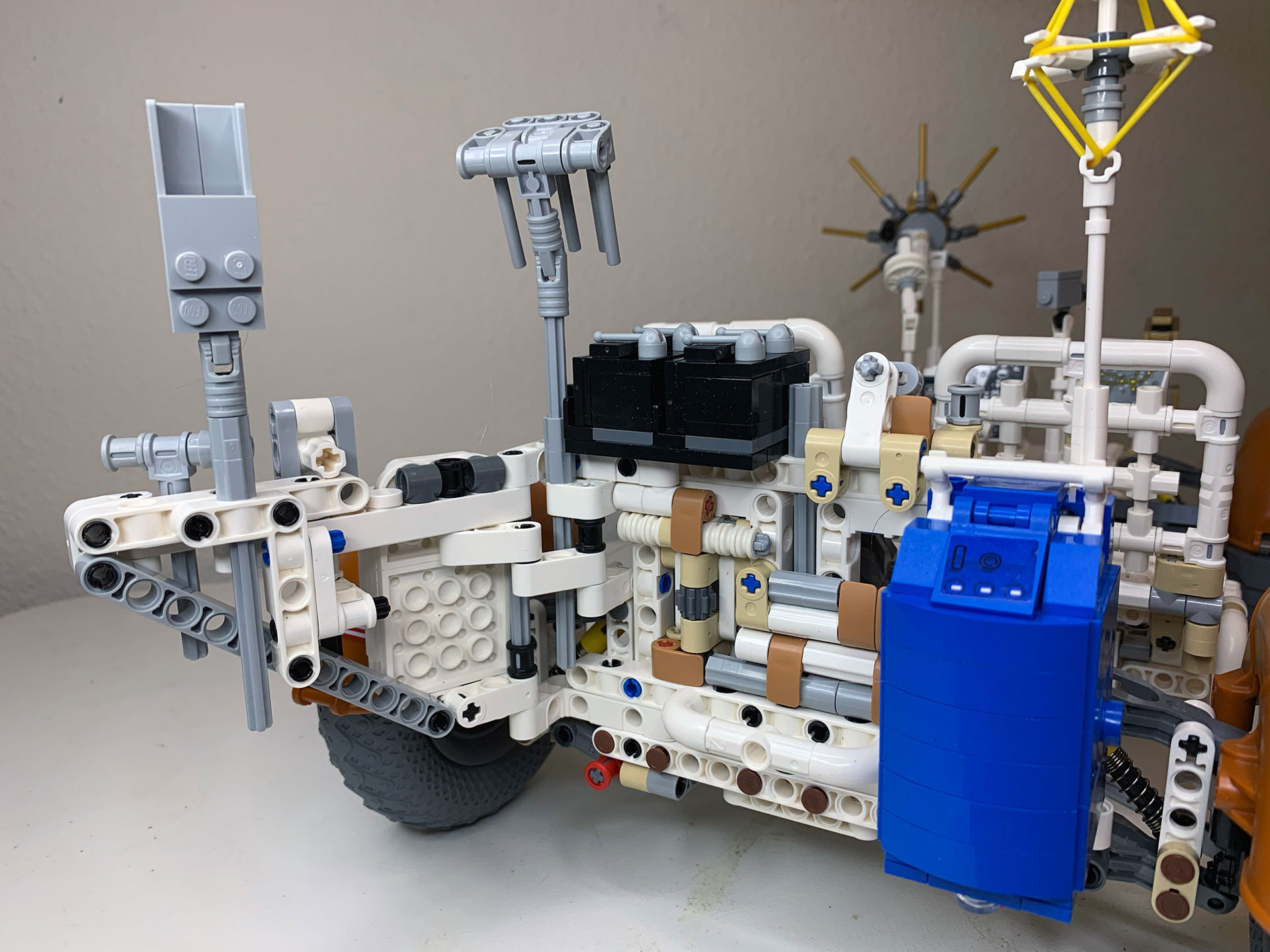
Krøigaard's attention to the finer points resulted in a replica of LRV-3, as driven by Gene Cernan and Harrison "Jack" Schmitt on Apollo 17, the last Apollo mission to land on the moon.
"Astronauts completed several expeditions in the LRV-3 to collect rock and soil samples and capture breathtaking images of our closest celestial neighbor," said Krøigaard, as quoted in the set's 350-page instruction book. "Explore a myriad of equipment, tools and intricate details as you build."
Lego does not label the various components in the directions, but among the Apollo 17-specific hardware that is replicated by the set are:
- explosive packages for the Lunar Seismic Profiling Experiment (LSPE), the four black boxes (with their own carrier) mounted at the top left of the rover's aft pallet;
- lunar rake, adjustable scoop and hammer;
- sample bag, filled with small "moon rocks," as an example of the multiple pouches that were mounted to the real LRV-3;
- Surface Electrical Properties antenna with yellow elastic bands; and
- Traverse Gravimeter Experiment, the blue box (true to the color of the original) with visible vibrating string accelerometer and digital display.
The set does include one bonus item that was not part of LRV-3 or the Apollo 17 mission. "Big Muley," the largest moon rock returned to Earth (26 pounds or 11.7 kg) — nicknamed as such for field geology team leader Bill Muehlberger — was retrieved by Apollo 16 astronauts John Young and Charlie Duke using LRV-2.
(Lego's nod to Apollo 15 is subtle, and possibly coincidental. The set's release coincides with the 53rd anniversary of the mission. On Aug. 1, 1971, David Scott and James Irwin took LRV-1 out for the second of its three drives.)
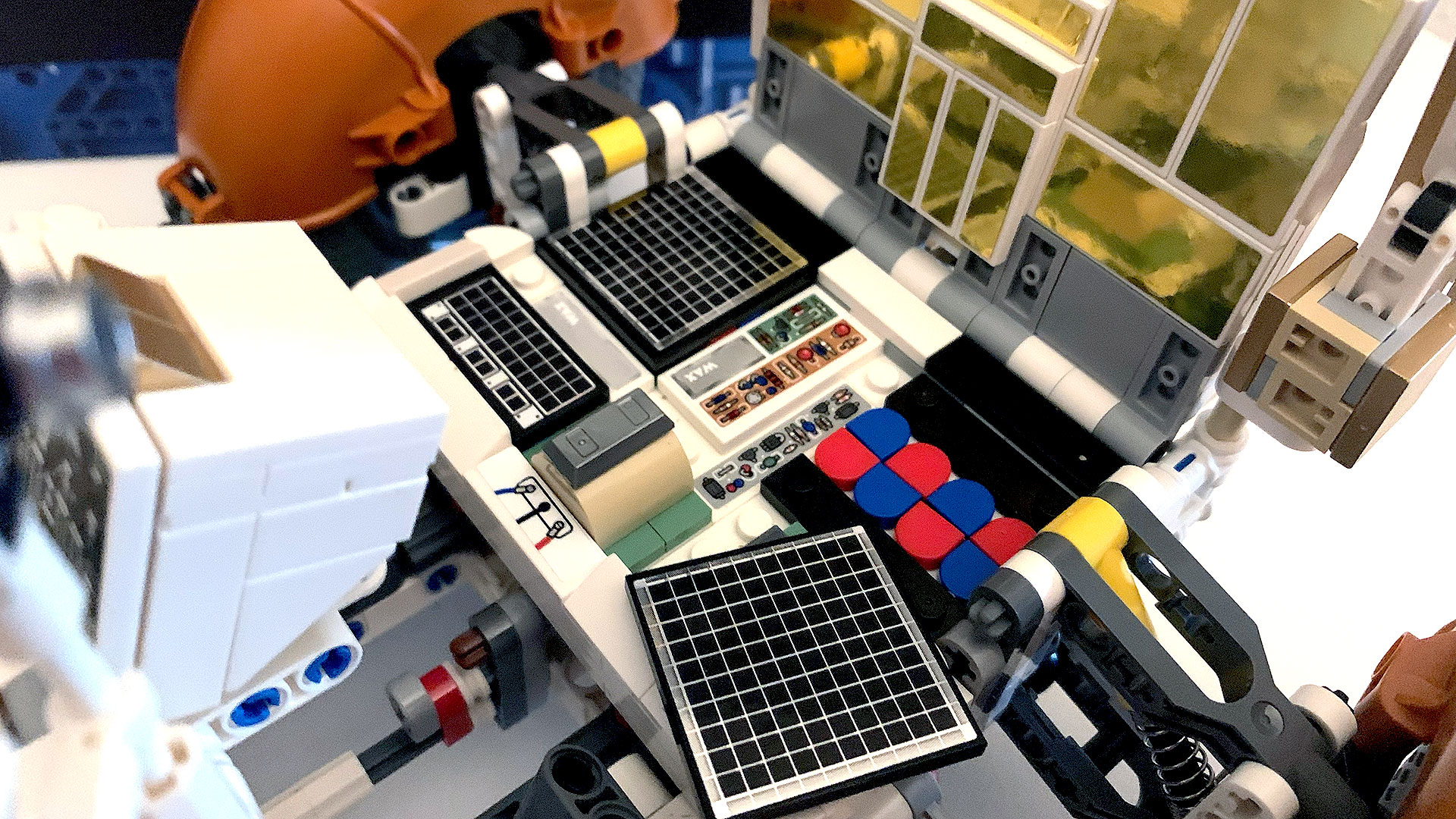
Hidden decals, missing mesh
Due to the extreme temperatures and radiation environment on the moon, other than the tools, many of the LRV's components had to be covered in multi-layer insulation and woven silica fabric (Kapton and Beta cloth, for those familiar with the brand names). Krøigaard found a way to "expose" this by incorporating hinged panels that can be lifted to reveal what is underneath and insights that are only visible during the build.
In a couple of instances, decals depicting electronics and wiring are affixed to bricks that are then permanently covered up by other pieces, such that they are only visible for the short time while that component is being built.
These details can be found underneath and as part of the batteries stowed on the lunar rover's forward platform and inside the Lunar Communication Relay Unit (LCRU), which is affixed to the forward chassis.
Get the Space.com Newsletter
Breaking space news, the latest updates on rocket launches, skywatching events and more!
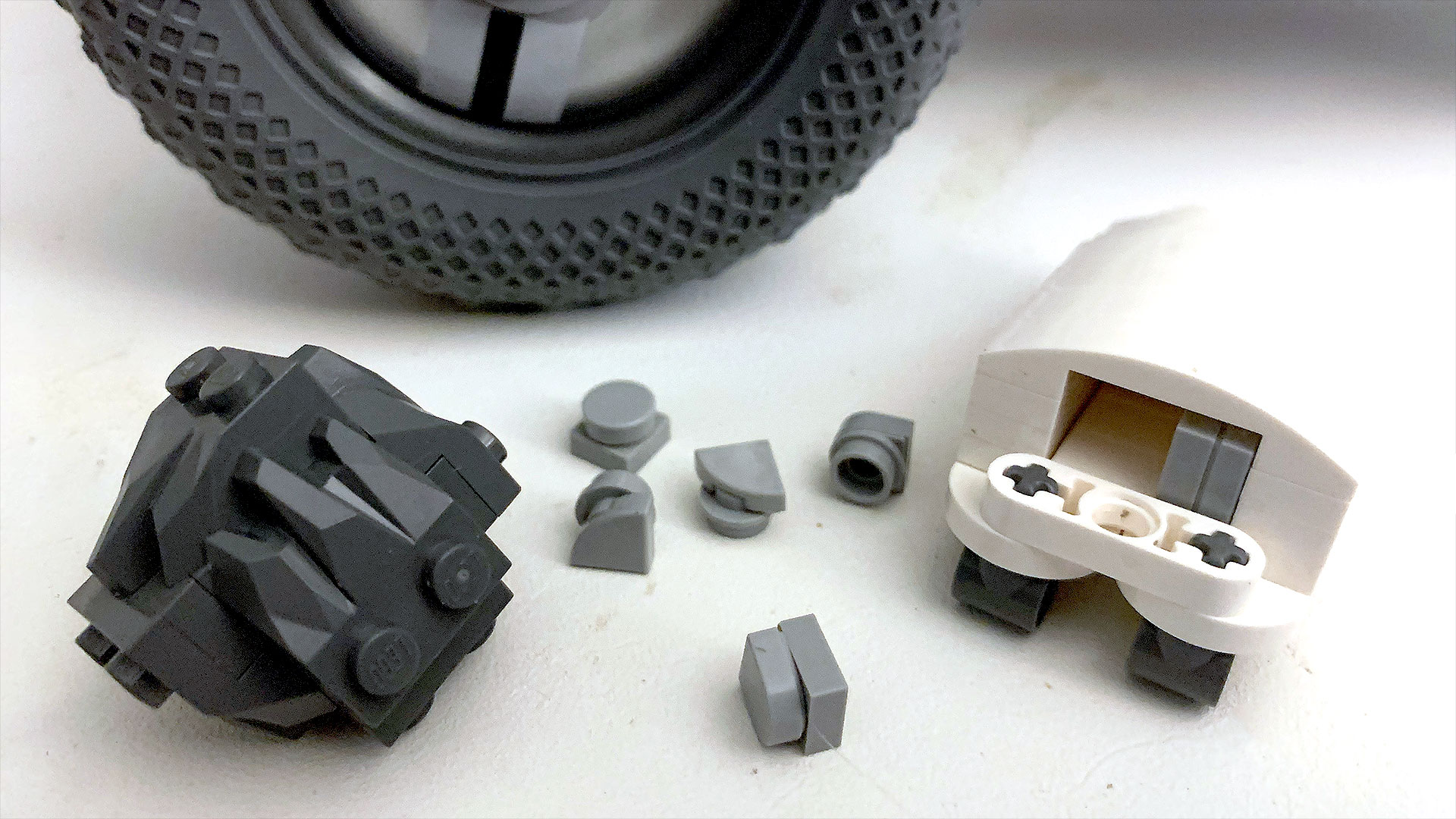
Not every aspect of the real rover could be replicated in Lego pieces. Two good examples both involve the use of mesh.
The set omits the fine mesh that spanned the space between spars on the high-gain antenna's dish. It also replaces the LRV's mesh tires with rubber, mimicking the same solution that was arrived at for the Earth-based rovers used for training. (The mesh tires could only support the weight of the rover and astronauts when in the one-sixth gravity environment on the moon.)
Compact car
The Lego Technic NASA Apollo Lunar Roving Vehicle - LRV set has one more hidden feature — just like the real moon buggy.
At 10.2 feet long (3.1 meters), the fully-deployed rover was too big to be packed into the lunar module so it could be landed on the moon. The vehicle had to fit within a wedge-shaped storage bay, which necessitated its ability to be folded into a more compact package.
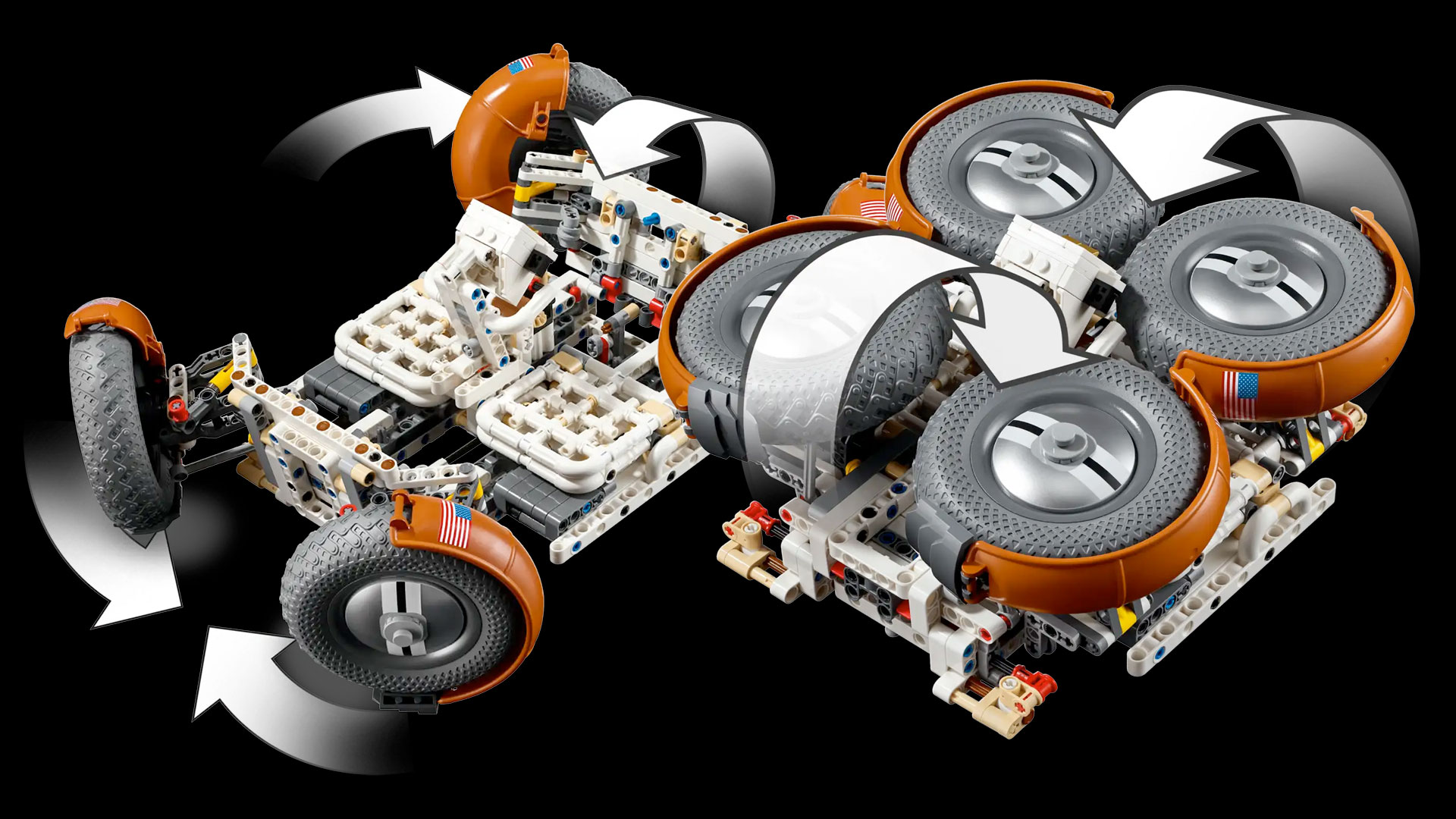
The Lego model can be separated and folded in the same way. After removing both the forward platform (and LCRU) and aft tool pallet, the chairs lay flat, the control display lowers and then the wheels can be rotated and collapsed atop the chassis.
The Lego LRV's final builds are desktop display stands to exhibit the rover either in its folded, three-piece launch configuration or as a fully-deployed vehicle.
Follow collectSPACE.com on Facebook and on Twitter at @collectSPACE. Copyright 2024 collectSPACE.com. All rights reserved.
Join our Space Forums to keep talking space on the latest missions, night sky and more! And if you have a news tip, correction or comment, let us know at: community@space.com.

Robert Pearlman is a space historian, journalist and the founder and editor of collectSPACE.com, a daily news publication and community devoted to space history with a particular focus on how and where space exploration intersects with pop culture. Pearlman is also a contributing writer for Space.com and co-author of "Space Stations: The Art, Science, and Reality of Working in Space” published by Smithsonian Books in 2018.In 2009, he was inducted into the U.S. Space Camp Hall of Fame in Huntsville, Alabama. In 2021, he was honored by the American Astronautical Society with the Ordway Award for Sustained Excellence in Spaceflight History. In 2023, the National Space Club Florida Committee recognized Pearlman with the Kolcum News and Communications Award for excellence in telling the space story along the Space Coast and throughout the world.

